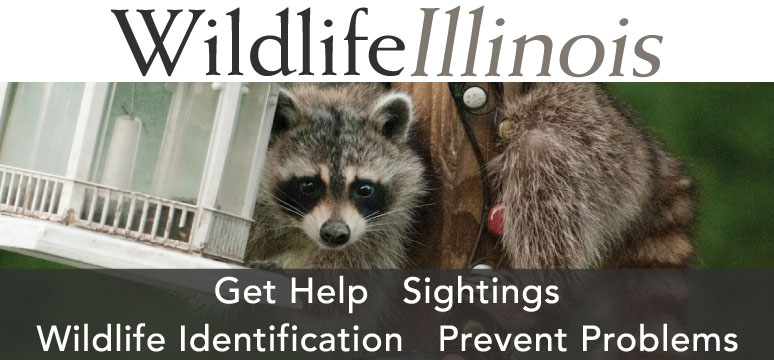
Franklin D. Roosevelt signed the Wildlife Restoration Act in to law in 1937



Franklin D. Roosevelt signed the Wildlife Restoration Act in to law in 1937
License revenue has existed in Illinois ever since hunters have been required to purchase hunting licenses. However, it wasn’t until the passage of the Wildlife Restoration Act, also known as the Pittman-Robertson (PR) Act, that the term license revenue took on greater importance. One of the basic tenants of the Wildlife Restoration Act of 1937, and to be eligible to receive an annual appropriation of PR federal aid funds, the state had to enact legislation ensuring all hunting fees collected from hunters would be used only for the administration of the state fish and game department.

The U.S. Fish and Wildlife Service (USFWS) is the authorized federal agency that handles the distribution of the annual apportionment of PR federal aid funds to eligible entities. The USFWS also is designated with the oversight authority to ensure all license revenue collected by a state is used only for the administration of the state fish and game department. In Illinois’ case, since the Illinois Department of Natural Resources (IDNR) is a state agency with multiple authorities, PR license revenue can be used only for wildlife-oriented natural resources management purposes.
Illinois currently has several types of hunting licenses, permits and stamps. The money from the sale of each is considered license revenue and IDNR is subject to the federal standard of only using the money for wildlife-oriented natural resources management purposes. IDNR currently has seven separate funds into which it deposits all hunting license, permit and stamp revenue:
As defined by the federal regulation, license revenue includes more than just monies derived from hunting licenses, permits and stamps, it also includes:
One of the principles of the PR Act is users pay. Thanks to the PR Act, safeguards placed on the allowable uses of license revenue and the definition of license revenue, the hunters of Illinois know the money they pay for hunting licenses, permits and stamps goes for the management of Illinois’ wildlife-oriented natural resources.
Since the first PR apportionment was issued in 1939, through fiscal year 2014, Illinois has received $180,963,090 in Wildlife Restoration federal aid funding. That federal funding represents 75 percent reimbursement to Illinois for allowable cost of $241,284,120. The major source of the state funding was, and continues to be, license revenue.
NEXT ISSUE: Pittman-Robertson Revenue Stipulations
Paul Vehlow retired from the Illinois Department of Natural Resources as the Federal Aid Coordinator.
Submit a question for the author